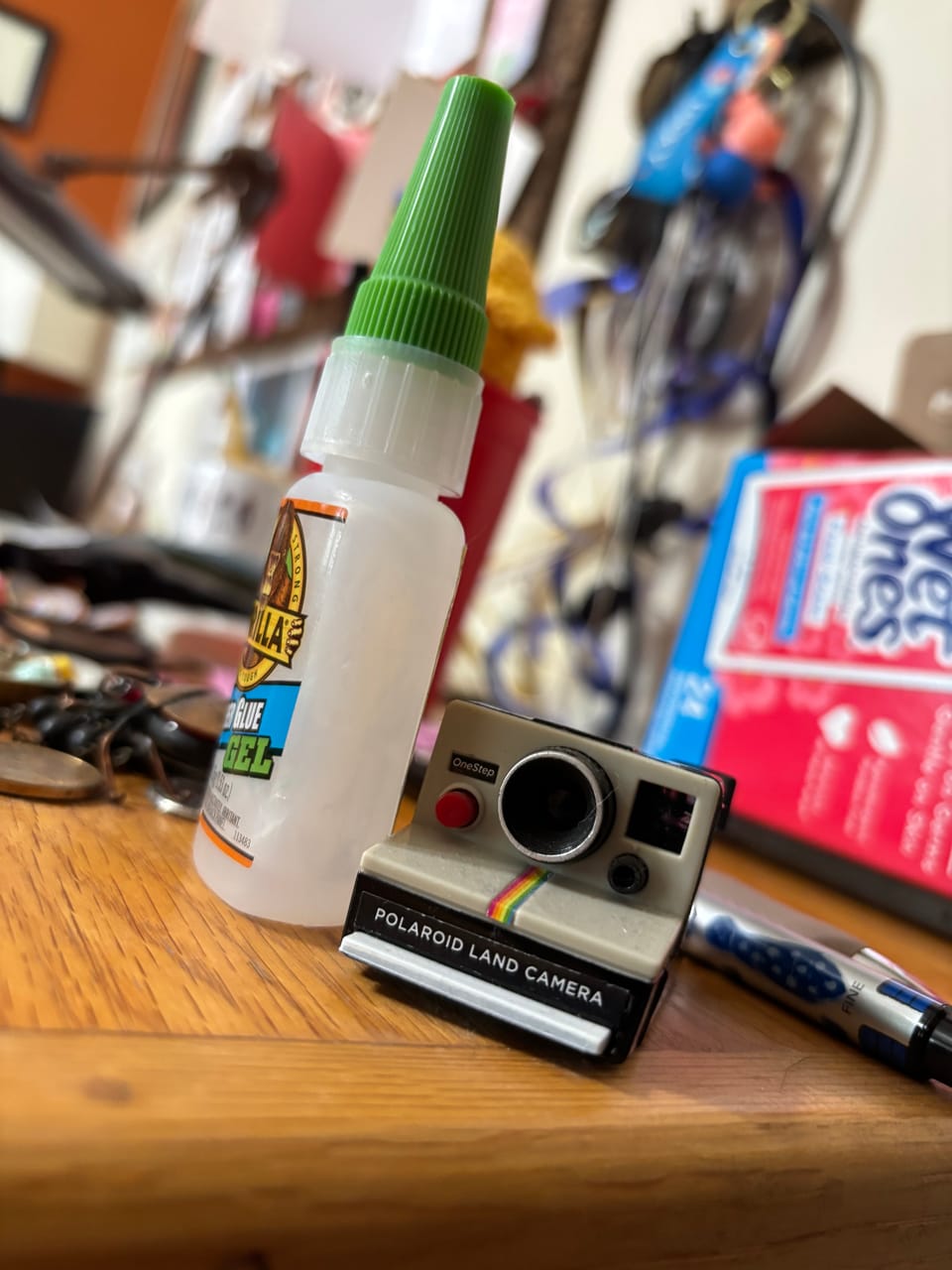four note friday 1.4 | Photovoice and IRBs/REBs

Before launching a photovoice project, it will likely be necessary to undergo institutional review board (IRB) or research ethics board (REB) review and obtain eventual approval. Not gonna lie. This can be tricky.
In this post, I provide four axioms to keep you grounded during what can be a nerve-wracking experience. Each axiom will be followed by some practical tips from my experience, the field.
Some context before we dive right in.
Research ethics training is important. Depending on your context, you may be required to engage in and show proof of completing such training before submitting your project for IRB/REB review. One example of a research ethics training platform is the CITI Program, and you can learn more here: https://about.citiprogram.org/
IRBs/REBs are interested in protecting participants, preventing researchers from doing harm, and ensuring institutions have appropriate protocols in place to review, monitor, and track research activity—particularly work that involves human subjects (not my favorite language, but it is the language of many governments and IRBs/REBs). Many institutions of higher education, hospitals, organizations, and communities have their own specific review boards.
Most academic conferences and journals will inquire about IRB/REB approval of your photovoice project before accepting a conference proposal for presentation or an article for publication. So, this process matters in terms of dissemination.
In short, IRB/REB review, approval, and oversight are necessary components of a successful photovoice project!
Here are four guiding axioms to carry with you:
1️⃣ IRBs/REBs Are Made Up of Real People—AND You Can Talk to Them 👥💬
Let's remove the mystery. These boards are not machines. They are a group of real people, and they truly want to see good work flourish. You can speak with them. And you should. Specifically, you can speak to the staff members or volunteers who facilitate the review process. If you have questions, want clarity, or are unsure of how to present your work based on their specifications, reach out before submitting. Humanizing your proposal by making yourself know as a communicative person who is willing to adapt and address any issues or uncertainties will go a long way. Any time I have ever reached out to such a board, I've gotten at least one step closer to approval. Reach out!
2️⃣ (Over)Explain Your Methodology and Methods 🧐🖊️
Because photovoice still remains on the methodological margins, doing the most is necessary here. Photovoice may be unfamiliar to reviewers. You will need to explain in sufficient detail all the steps of your process. Spell it all out. Do not make any assumptions about what the reviewers already know. Even if it feels repetitive, detailed descriptions enable reviewers to see the full picture of your work. Getting clear on all the project details well ahead of time will force you to think through all the logistics. This is a good thing. To be sure, you cannot control everything—and you should not try to—but having your arms wrapped around the study early on will make it much easier to bring to life.
3️⃣ Provide Plenty of Examples of Previous Photovoice Studies 📚🔍
Support your proposal with citations and summaries of successful photovoice projects, ideally ones in similar contexts. For example, if you are working with children, include citations and insights from photovoice projects with children. Add copious citations to the application sections related to your methodology and methods. This shows your approach is grounded in established research and reassures reviewers that your method has precedent and credibility. If reviewers are unfamiliar with photovoice, they may not realize it has a rich history and established tenets. Noting the existence of 30+ years of extant literature will be a big help!
4️⃣ Include All Necessary Appendices 📎✅
Don’t leave reviewers guessing. There is no such thing as overdoing it when submitting a photovoice project to an IRB/REB for review. If memory serves, my dissertation included Appendices A through L! Attach sample consent forms (for minors and adults), image/media release forms (for minors and adults), eligibility screeners, facilitation guides, project information brochures, flyers, and photography and interview prompts. The more you provide up front, the fewer questions you’ll receive.
💡 Final Thought:
IRB/REB approval is as much about communication as it is about protection and compliance. The more you explain at the start the easier it is for reviewers to understand your work and trust your process.
💬 I’d love to hear your thoughts on working with IRBs/REBs—just hit reply.
🥹 Thanks for spending a moment with me this Friday.
💌 If you’re new here, welcome! I hope this space becomes one you look forward to each week.
📬 Have a question you want me to answer in a future issue? Reach me at photovoicefieldnotes@gmail.com. I'd love to hear from you.
Thanks for being here.
Warmly,
Mandy
photovoice field notes
photovoicefieldnotes.com
Member discussion